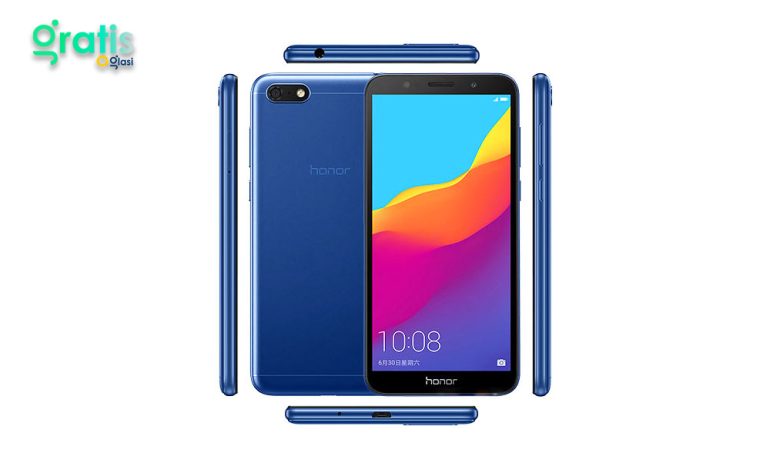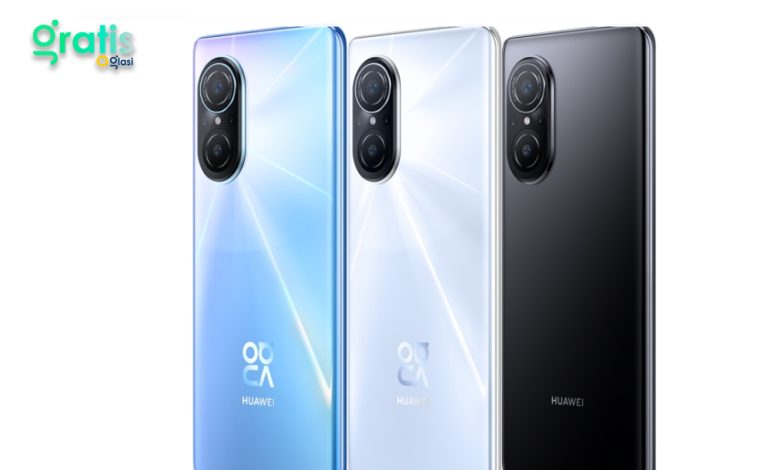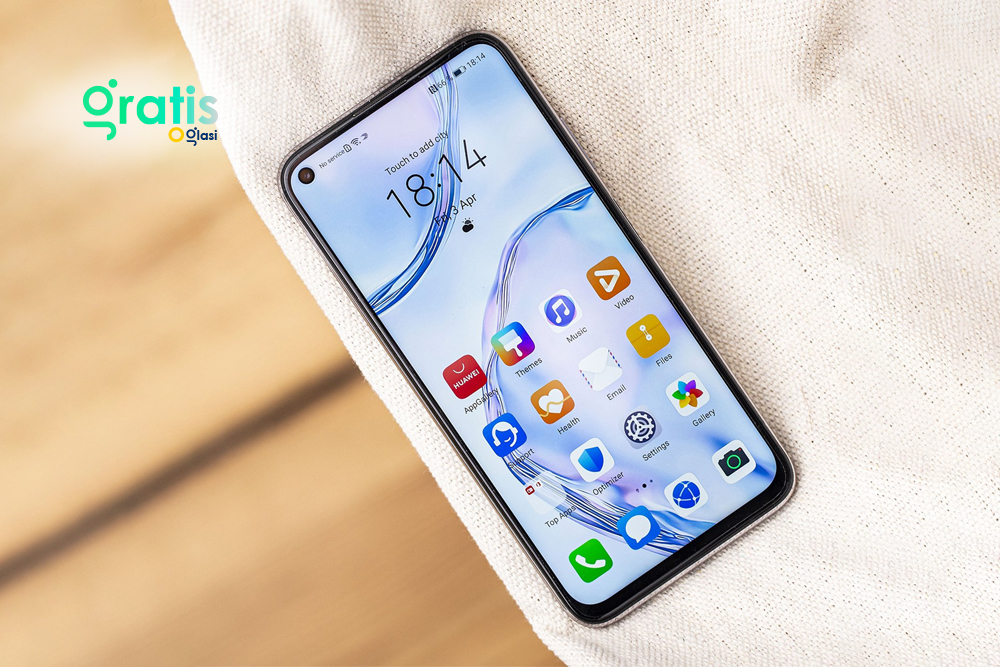
Huawei Honor – Exploring a Smartphone Brand’s Evolution
Huawei Honour has made its mark on the important tech industry scene with its clear reputation for being innovative and affordable in the cell phone market. This Huawei sub-brand has successfully navigated the competitive landscape since its humble beginnings in 2011. It has captured the attention of a younger, more educated generation worldwide. Since its founding, Huawei Honour has improved its products and built a name among customers who want high-quality tablets and gadgets at reasonable prices. The Huawei Honor history shows how powerful new ideas and the ability to change can be. The brand has always been good at knowing its target market, from the early days when it bought cheap cell phones for businesses that were growing to its recent important growth into more defined areas.
From Humble Starting Points to Worldwide Acknowledgment (2011-2015)
In 2011, Huawei Honor, a company that makes important equipment for communicating with the media, saw a chance. They saw that more informed customers, especially younger people from lower-income families, were buying things online and putting a lot of value on cash incentives. To cash in on this trend, Huawei created the Honour sub-brand. Honor aimed to make cheap smartphones with many features appealing to this tech-savvy group.
The Honour U8860, the brand’s first smartphone, perfectly demonstrated this idea. It competed with well-known names by offering good features at reasonable prices. It was smart for Huawei to make the Honour U8860 because it set the stage for the sub-brand’s future growth.
Hallmarks of Early Success (2011-2015)
Online-first strategy: Honor mostly focused on online sales instead of traditional retail outlets. By going this route, they could keep costs low while still appealing to tech-savvy people already used to shopping online.

Focus on design and performance: Honor phones are known for their nice looks, powerful processors, and low prices. This looked good to young people who are trying to save money.
Embrace of new technologies: Huawei Honor quickly added new features to its devices, such as bigger screens and the ability to use two SIM cards simultaneously.
Laying out Areas of Strength for a Character (2016-2019)
By 2016, Huawei honor had established a good foundation as a central part of the mid-range cell phone fragment. The brand further solidified its position by:
The subtle shift towards premium: Honor phones started having more high-end features that didn’t cost much money, like better photos and a metal unibody design.

Embracing the “brave” persona: Honor’s advertising was brave and full of energy. They wanted to reach people who were fearless and stood out. People under 30 who wanted to stand out would find this interesting.
Associations and sponsorships: Honor worked together to promote online business platforms and e-sports teams, which raised brand knowledge and brought in an informed audience.
Key Achievements and Famous Models (2016-2019)
Honor 8 (2016): This telephone flaunted a double-focus back camera framework, a strong processor, and a smooth plan, turning it into a basic and business achievement.
Huawei View 10 (2017): The View 10 carried leader-level execution with its Kirin 970 processor and a bezel-less presentation at a mid-range sticker cost.
Honor Play (2018): Taking care of the gaming local area, the Honor Play offers a strong processor, a durable battery, and an emphasis on gaming highlights.
The Ascent of the Leader Executioner (2019-2021)
Honor continued to overcome the mid-range market. The brand focused on testing laid-out players in the superior fragment. This desire prompted the introduction of two particular lead series:
- The Honor Enchantment and the Honor V. The Honor Wizardry series intended to be a valid “lead executioner.”
- Bragging top-the-line details like strong processors.
- State-of-the-art camera frameworks.
- Creative highlights that matched the best available.
It likewise focused on a tasteful superior plan, consolidating top-notch materials and a smooth feel to match its noteworthy presentation.
On the other hand, the Huawei Honor V series made being a boss feel more like real life. It emphasized powerful CPUs that could easily handle difficult tasks, long-lasting batteries for more productive meetings, and features that would meet the needs of forced clients and experts. By making these two different models, Honor gave customers who wanted lead-level execution without spending much money a great choice.
Popular Flagship Models (2019-2021)
Honor quickly showed that it was ready for the top market. Many people were shocked by the Honor Wizardry 2’s unique design and impressive specs in 2019. This phone’s state-of-the-art triple-focal point back camera system lets users take beautiful pictures and movies. The Enchanted Two also stood out because of its unique rotating layout. This new method put the front camera inside the phone, making the screen almost bezel-less and giving a good view of the review. This device was controlled by a powerful processor, ensuring the phone could easily handle even the most difficult jobs. Huawei honor kept breaking new ground with the V30 line the next year.
With this setup, customers could choose based on their wants. The V30’s Kirin 990 processor is great for sports and multitasking because it can handle many things simultaneously. On the other hand, the V30 5G variant prioritizes modern availability, so customers can enjoy the jaw-droppingly fast speeds that 5G networks provide. Through these two projects, Huawei’s honor showed its dedication to serving a wide range of lead cell phone customers.
Diversifying the Product Portfolio (2019-2021)
Beyond smartphones, Honor expanded its product portfolio to include:
- Honor tablets: Offering a range of tablets catering to students, professionals, and casual users.
- Huawei Honor wearables: Smartwatches and fitness trackers complemented the Honor smartphone ecosystem.
- Honor PCs: Dainty and light PCs focusing on understudies and youthful experts.
Facing Challenges and a New Era (2021-Present)
Honor had a turning point in 2021, not because of what went wrong but because of things that were out of their control because of worries about world policy. Huawei, the company that owns Huawei Honor, was hit hard by limits, which affected the whole brand. It was a big problem that Honor phones launched after this date couldn’t use Google Mobile Services (GMS). Users had to deal with real issues because of this technical problem. Google’s most important apps, like Gmail, the Play Store, and YouTube, are all part of GMS and are now an important part of the lives of many mobile users.
See more: Samsung s23 ultra
Honor struggled because these pre-release apps didn’t work well, especially in Google-controlled businesses. New Huawei Honor phone users may struggle with accessing familiar services, making learning the phone harder. Honor’s lack of Google’s apps puts it at a disadvantage compared to competitors.
Shifting Strategies
To navigate this obstacle, Honor pursued alternative strategies:
Partnering with Alternative App Stores:
Honor used third-party app shops to overcome the inability to use Google Mobile Services. One of the important answers was Huawei AppGallery, a website that offers a carefully chosen set of apps. AppGallery lets users access more apps than a limited system would have, but it still couldn’t beat the Google Play Store’s huge selection and easy-to-use design. This was another problem for Honor to solve. Many people use Google Goods, such as YouTube and Gmail, and AppGallery has a few games. Users may have had a poor experience, and newcomers unfamiliar with the Google ecosystem may have given up because it took longer to find good alternatives or answers.
Creating In-House Choices:
Honor took a brave step toward self-confidence when she started a well-thought-out plan to depend less on outside sources. This big project made its mobile services part of its big plan. Instead of just making apps that work like the big ones, Huawei Honor wanted a whole environment to compete with them. The goal was to make this a strong alternative to Google Play by creating a separate app shop. Honor also started working on its email service, giving users a familiar way to handle their messaging needs.
Emerging as an Independent Brand
A group of Chinese businesses were told about the good deal by Huawei in November 2021. The choice was made to protect the brand’s life and freedom from Huawei’s restrictions. Honor has more freedom as a separate brand when working with other companies and accessing new technologies.
The Future of Huawei Honor
The future of Honor remains to be seen. The brand faces the challenge of regaining market share, particularly outside of China, where the need for Google Mobile Services remains a significant hurdle. However, Honor also has opportunities:
Center around Advancement: With more prominent freedom, Honor can zero in on advancement and create novel highlights to separate itself from contenders.
Building Another Environment: By fostering its application store and administration, Honor can make a more coordinated and easy-to-use biological system for its gadgets.
Focusing on Unambiguous Business Sectors: Honor can target explicit business sectors where Google Versatile Administrations are less predominant, like China and other non-industrial nations.
Frequently Asked Questions (FAQs)
Honor has explored alternative app store partnerships and developed solutions to provide users with essential applications and services.
Honor has made up for Google Mobile Services’ lack of help in a big way. It has teamed up with other app stores like Huawei AppGallery and made its mobile services, such as an app store and an email service, to give a full ecosystem experience.
Honor aims to expand its market share by innovating, enhancing features, and strengthening its ecosystem. This involves integrating services, focusing on new ideas, and targeting growth opportunities in Google Mobile Services-absent markets like China.
Conclusion
The Huawei Honor process shows a dedication to new ideas, adaptation, and flexibility in the mobile phone market, which is always changing. Honor has always been on the path to success, from its secret beginnings in the online community to its rise to the top of the market. Despite problems like Google’s Flexible Organization’s complexity, the organization’s unwavering dedication to growth and liberty is a good sign for its plans. With a strong base, Huawei Honor is ready to quickly and smartly navigate the niche mobile market’s many challenges. In a field where new ideas come up quickly, and customer tastes change constantly, the company stands out as an innovator because it is open to new ideas and changes.






